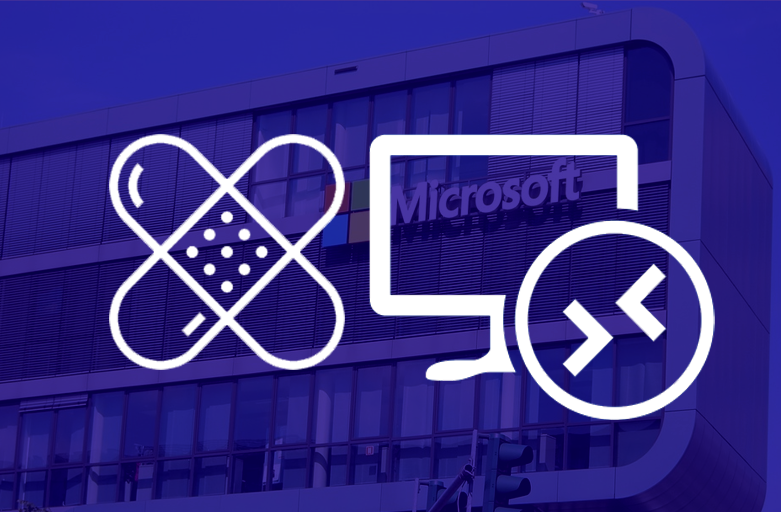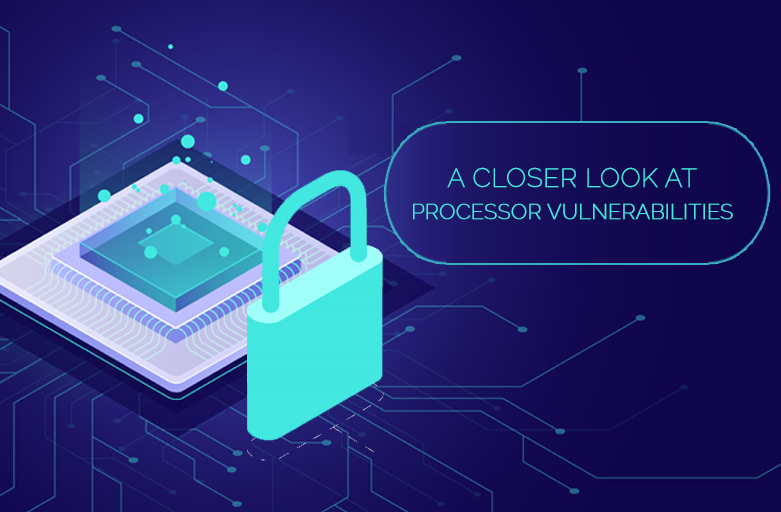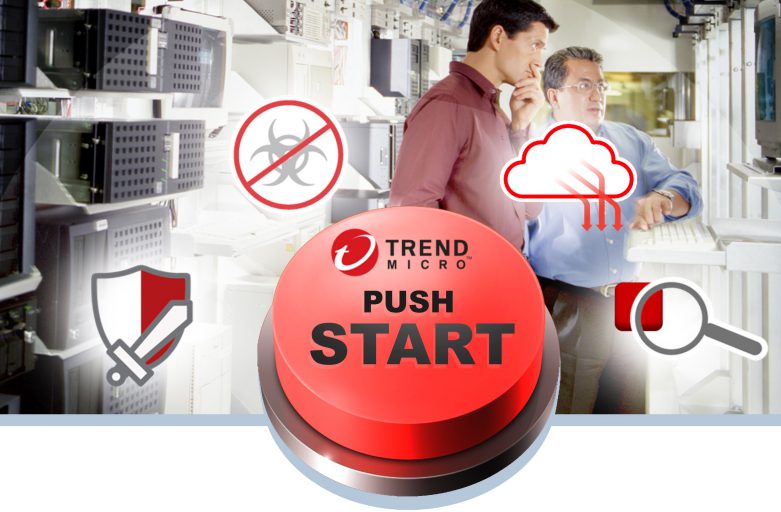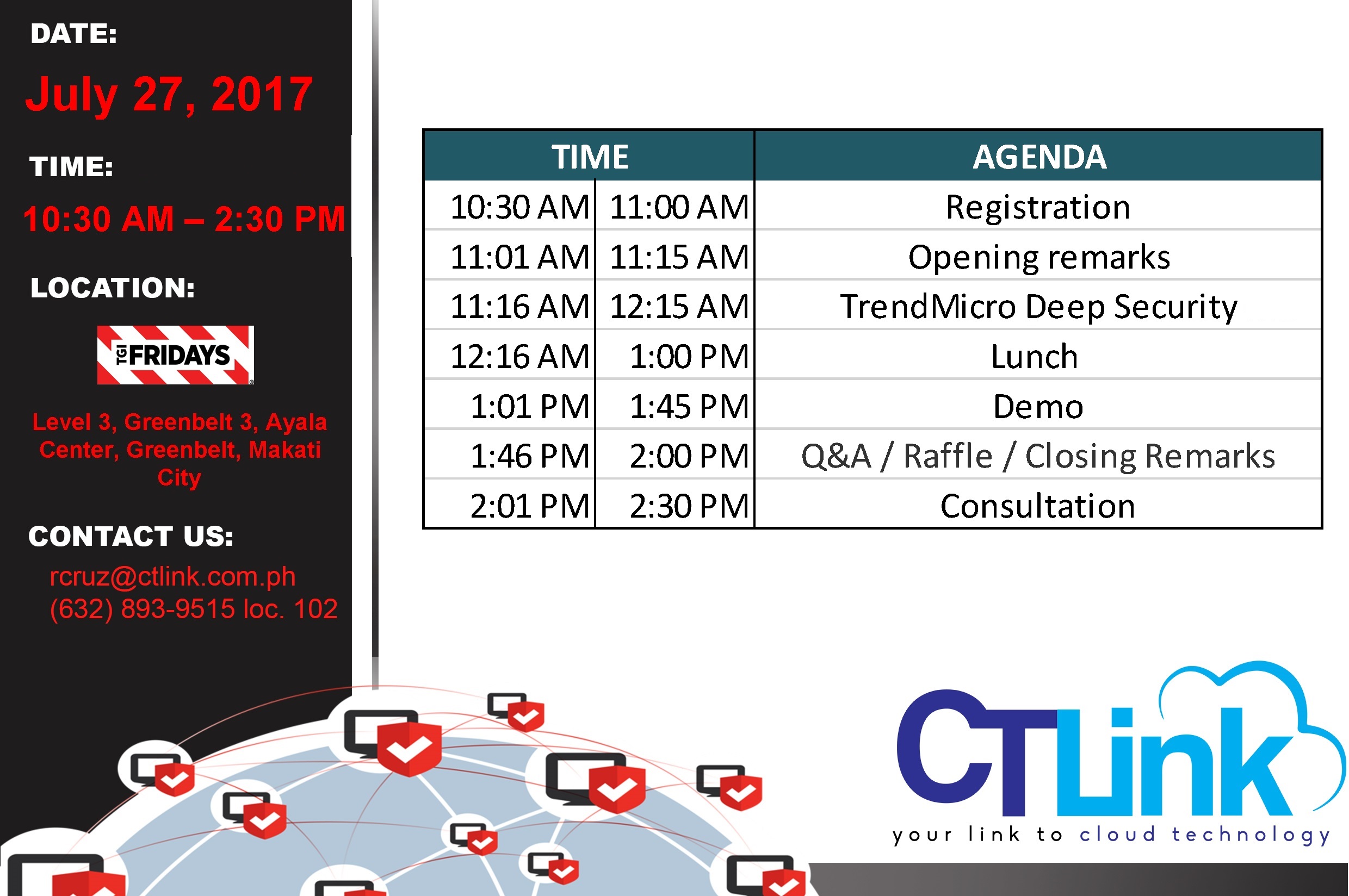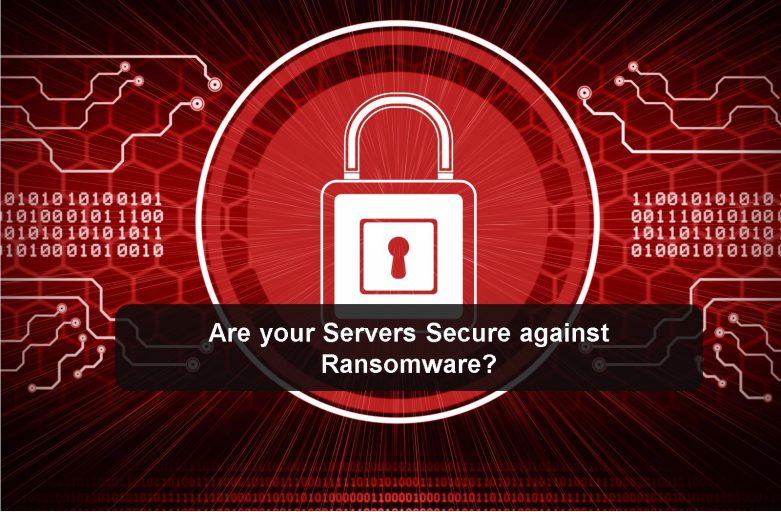In case you didn’t hear, another big vulnerability was reported by Microsoft on May 14, 2019 known as “BlueKeep” which takes advantage vulnerabilities of Remote Desktop Services (RDS), Remote Code Execution (RCE), and Remote Desktop Protocol (RDP). However, BlueKeep only affects older version of Windows, so users of Windows 10 and 8 can rest easy. The severity of the vulnerability though has forced the hand of Microsoft and they have actually made and released a security patch for its unsupported versions. They have classified this vulnerability as a critical level threat.
This is why as of June 4, 2019, Microsoft once again urged its customers to apply the patch as soon as possible as more than 1 million devices are still vulnerable to the attack. This is to avoid another widescale malware attacks like those of the WannaCry ransomware attack back in 2017. Many companies were affected by the attack and caused many business operations to stop, more notably hospital operations.
What can you do to avoid being affected?
Microsoft has already provided the solution to BlueKeep, make sure you download the latest security patch for your corresponding OS (you can find the patches here). You may need to reboot your servers to ensure the patch is running properly.
For those who are Trend Micro users, specifically those who use Deep Security, if you are unable to apply the patch due to other reasons, such as being unable to reboot your servers, please make sure that you apply the correct policy for the virtual patching of Deep Security to ensure the security of your servers. Below is the Deep Packet Inspection (DPI) rule:
- 1009749 – Microsoft Windows Remote Desktop Services Remote Code Execution Vulnerability
You can view the official Trend Micro article on it here.
For those who are looking into a longer-term solution, you can consider solutions such as Citrix Gateway and Virtual Apps to secure your remote connections to Windows servers.
To learn more about these solutions, you can contact us at 893-9515 and we will help introduce you to different options that you have to help prevent these kinds of vulnerabilities!

